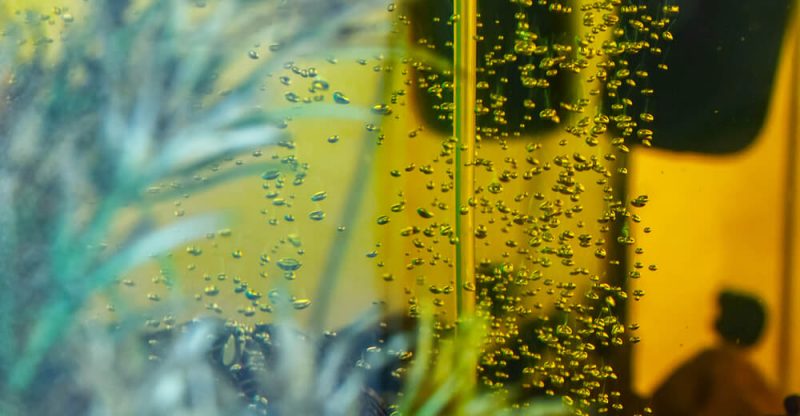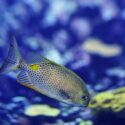How To Silence Air Pump: Step By Step Guide
Air pumps are an essential part of every aquarium. They are responsible for generating the airflow to provide your fish with a sufficient amount of oxygen for survival and growth.
The problem is that these devices tend to produce plenty of noises that are quite similar to tapping sounds. This can make your family and other people feel annoyed. Fortunately, there are a few ways to help you deal with this problem. Keep reading to learn some simple tips on how to silence air pump in your aquarium.
1. Pad with sponge
The simplest way to reduce the noises produced by an aquarium air pump is to pad it with a kitchen sponge or a towel. These small items come with materials that are able to absorb sounds well when they are transmitting from the machine to the air. You could even tape the towel or sponge to the pump to ensure better results.
Similarly, the idea of putting the air pump inside a small box is feasible. By doing this, the noises would be kept inside and reduced in volume after escaping. Make sure the box is made out of sound-insulated materials such as cardboard or paper. A thicker unit can deliver better performance. Also, consider placing foam or paper inside to prevent noises from coming out of the box.
2. Replace the diaphragm
A worn diaphragm is one of the most common causes of noises in an aquarium air pump. This is a disposable rubber part that ensures the device would operate properly. After millions of times of pumping down and up, this part will start to wear over time and crack or slip out of the original position. This causes the air pump to start generating some noisy sounds.
Ideally, you should replace the diaphragm on a yearly basis to keep your aquarium air pump running efficiently and quietly. Some units also have a small flapper valve which might need replacement. While it is simple to fix this basic maintenance yourself, it is better to have it done by a professional.
3. Adjust the air stone
Another way to reduce the noises of your aquarium air pump is to adjust the location of the air stone inside the tank. This part is responsible for creating bubbles to provide oxygen for your fish. However, this process is often noisy, particularly when it is located near the top of the aquarium. You can easily deal with this problem by changing the air stone to the bottom part.
When putting your hands inside the tank, keep in mind to wash them thoroughly with clean water and soap. Otherwise, dirt and bacteria would contaminate the aquarium water and affect your fish. All you need to do is to hold the air stone and gently lift it out before placing on a new place.
Air stones often suck in debris and duct, which would block the tiny pores inside their structure. This would also intensify the noises. In this case, you would unclog the unit or replace with a new one.
4. Place in the right position
The placement of your aquarium air pumps would considerably affect the amount of noise it generates. If the unit is located lower than the level of water inside the tank, it has to operate harder to pump air. As a result, this requires more resistance and pressure, which increases vibration and leads to noisy sounds.
To prevent this issue, you should check the height of your air pump in relation to the level of water inside the tank. Make sure the bottom of your device is always above or at the same level as the water. The main goal is to prevent pump-back pressure and minimise the noises. Also, you can place it on a solid surface to prevent the echoed sounds from vibrating.
The bottom line
With these simple tips, you would stay away from annoying noises produced by your aquarium air pump. It is better to do your research and choose a good model that would minimise the sounds when it operates. Also, avoid putting the device directly on the tank as it would transfer vibrations inside and irritate your fish.




